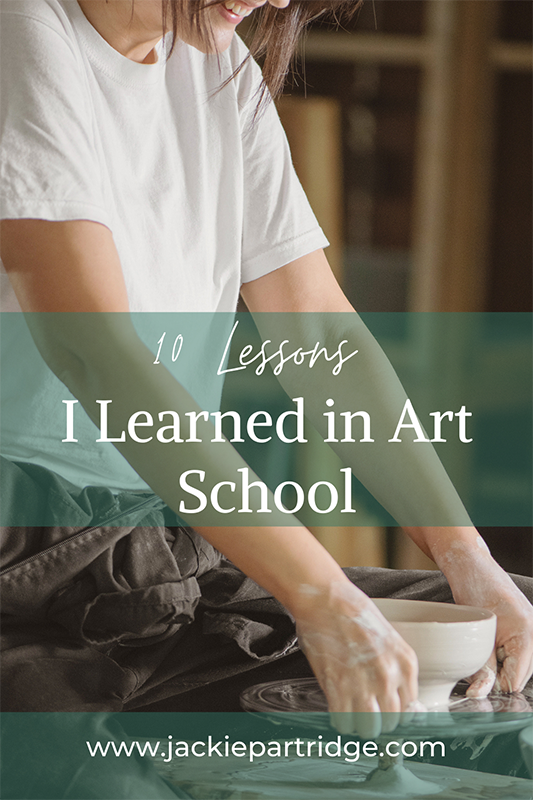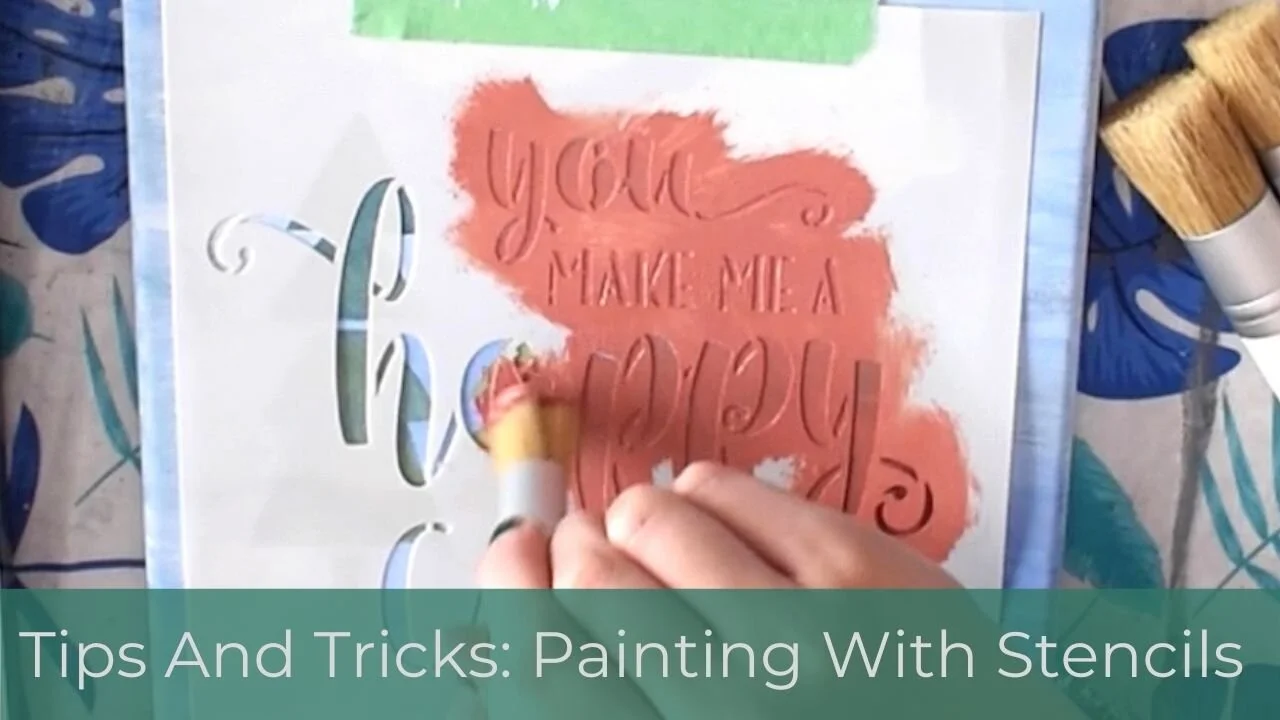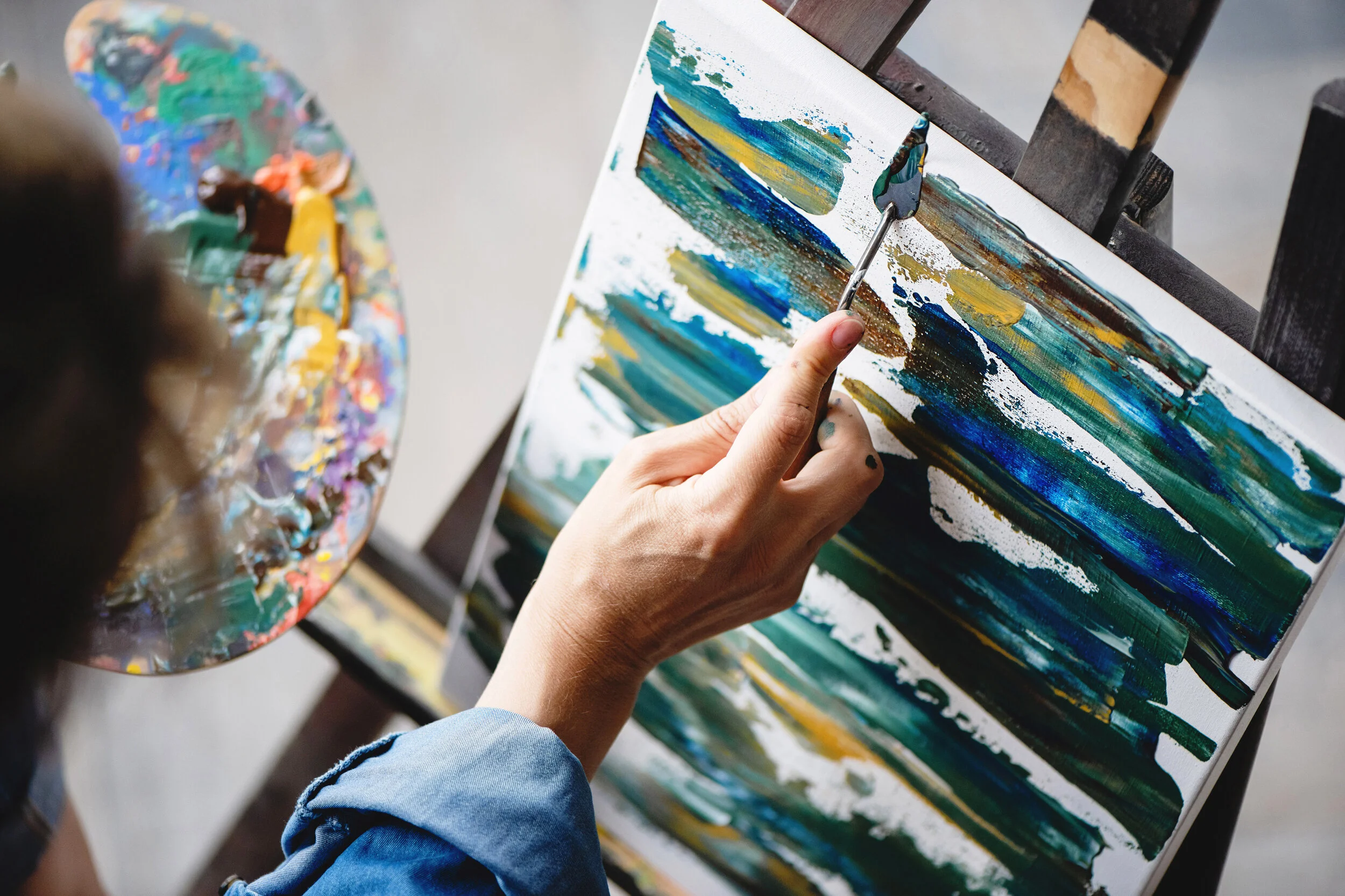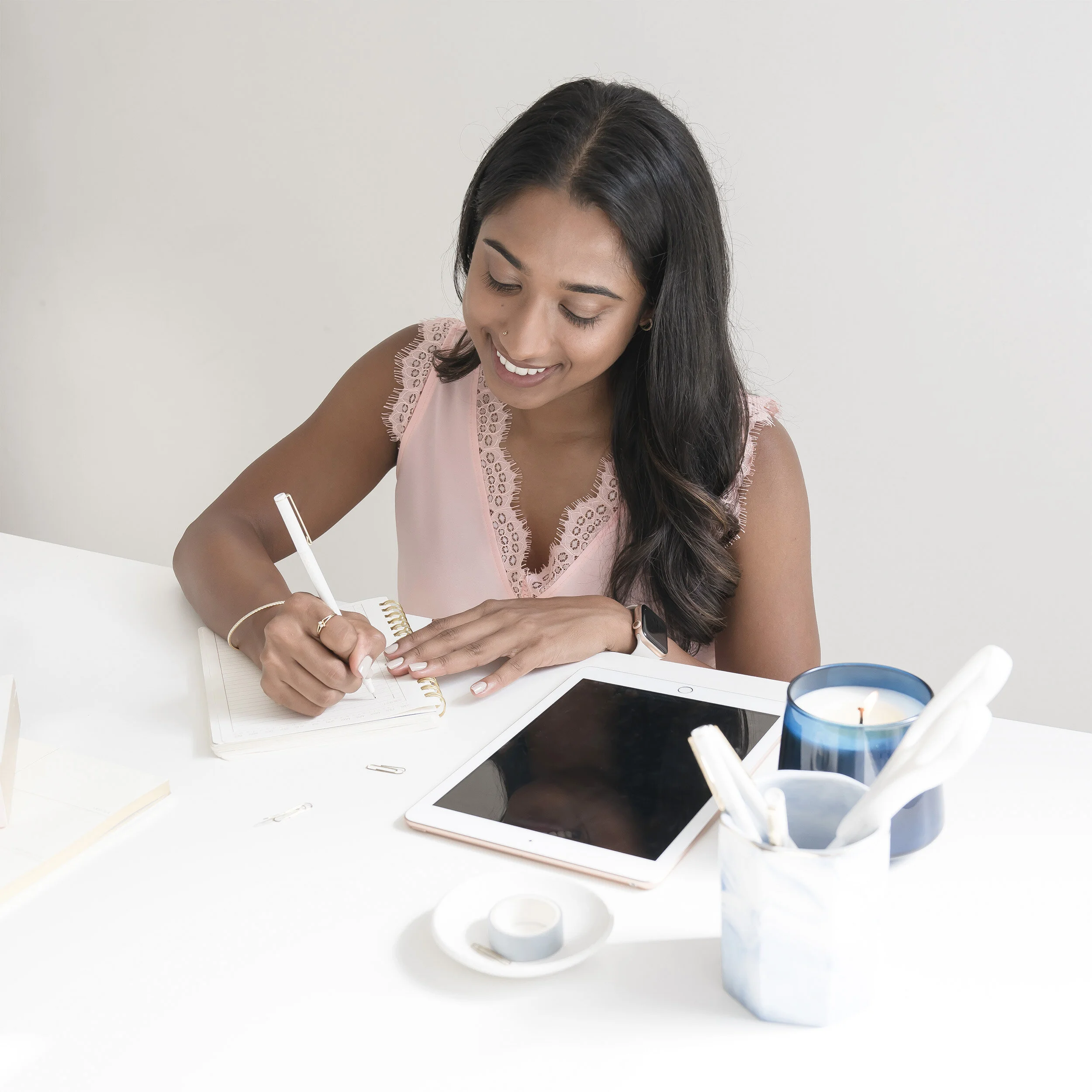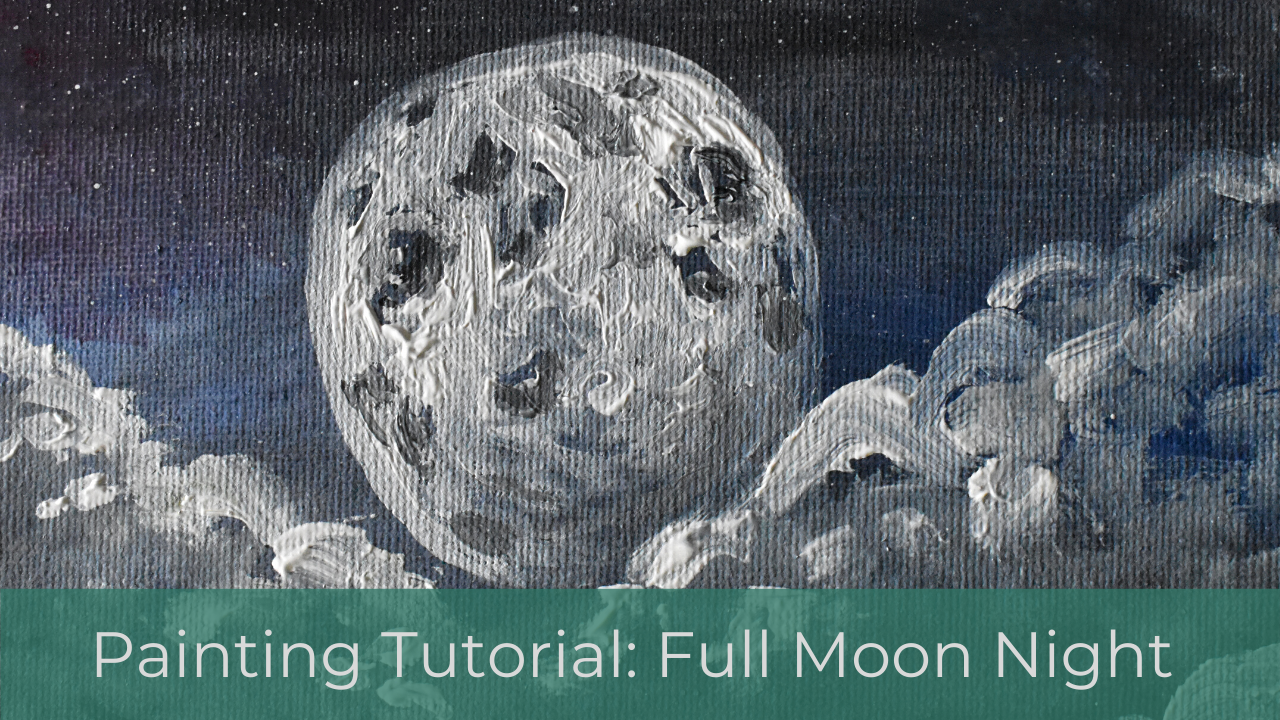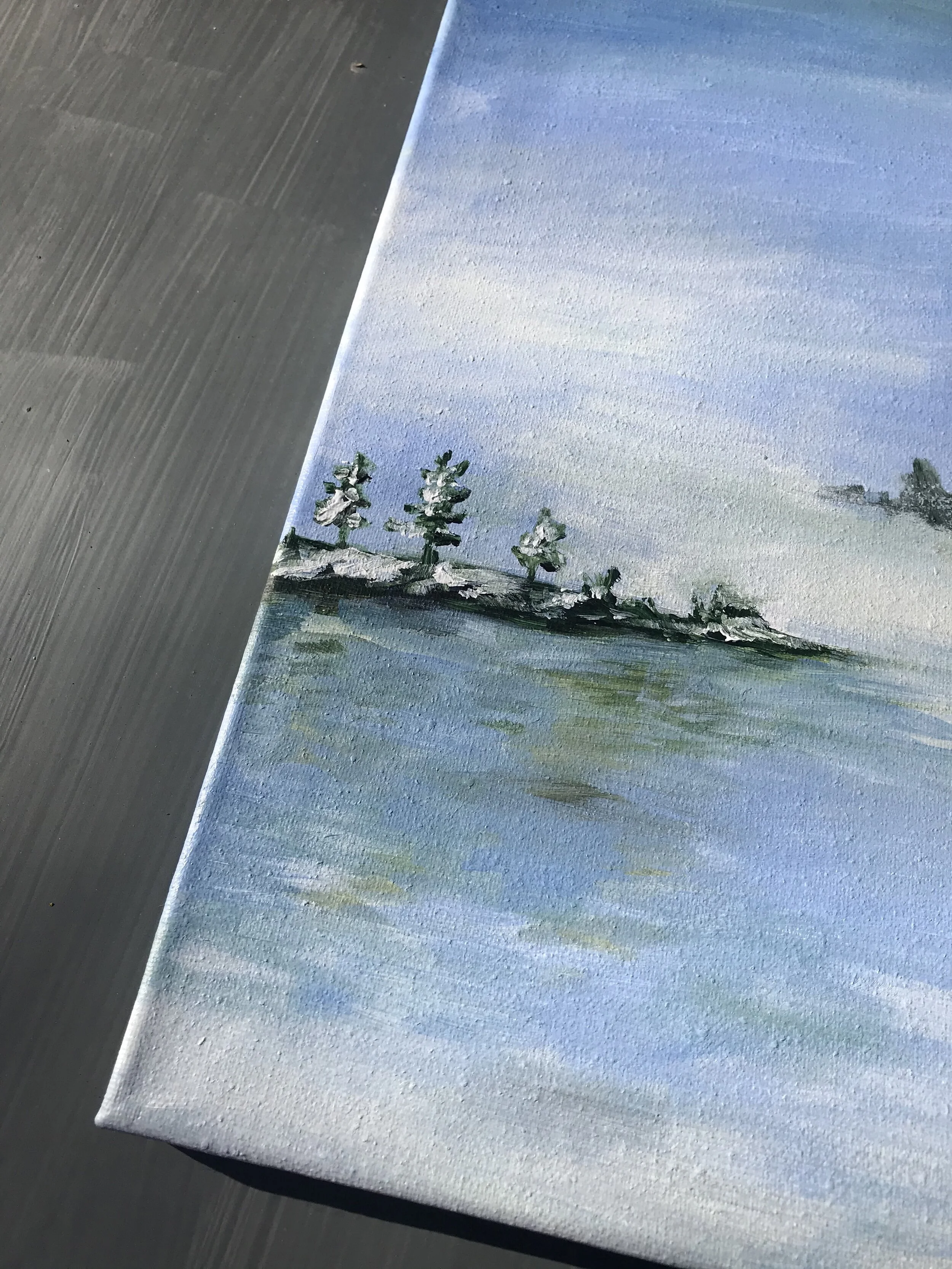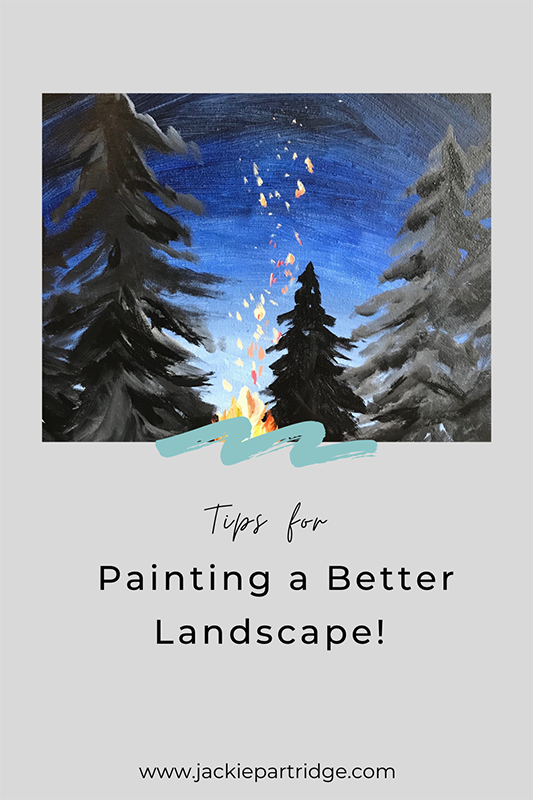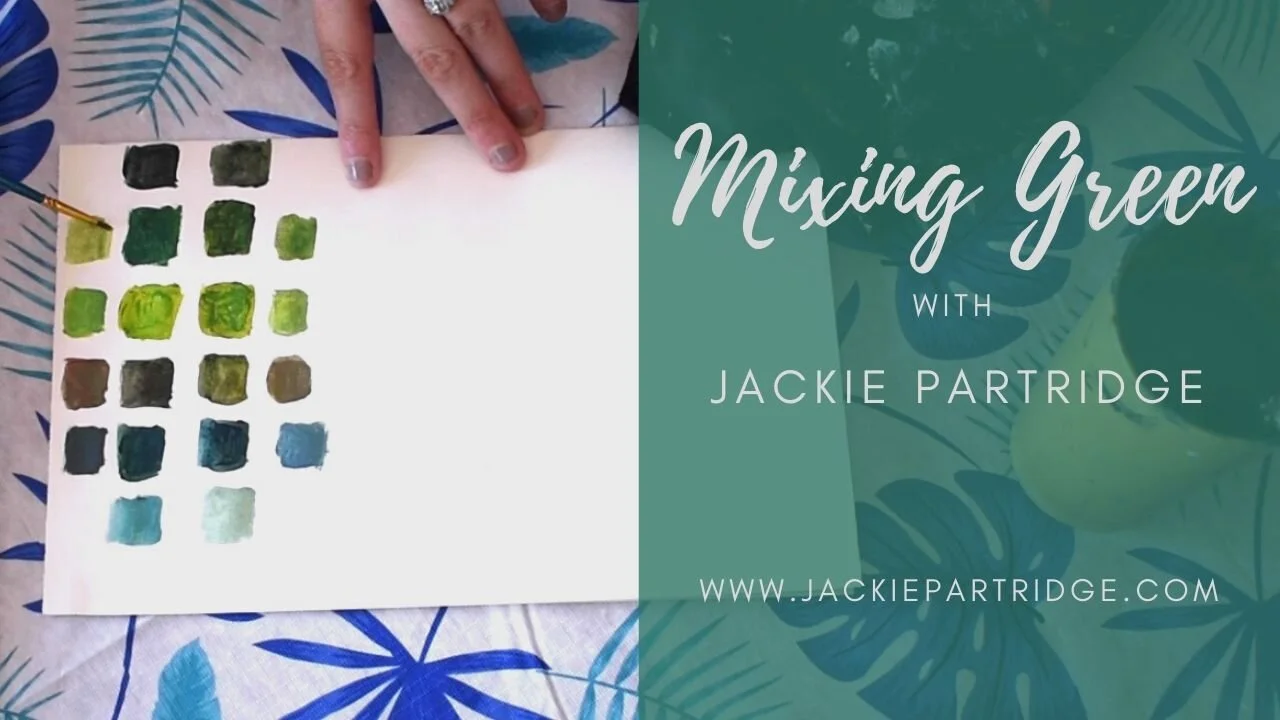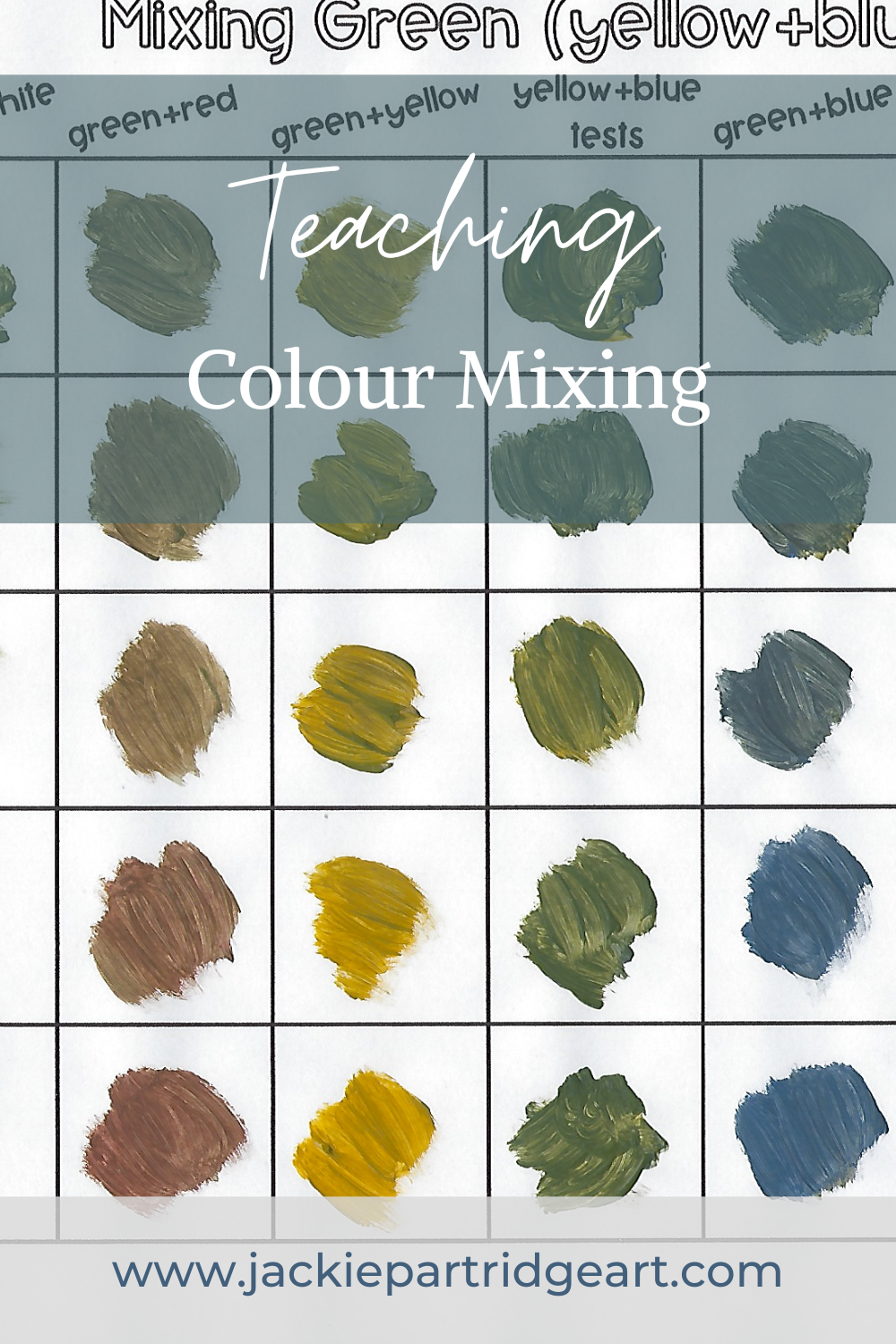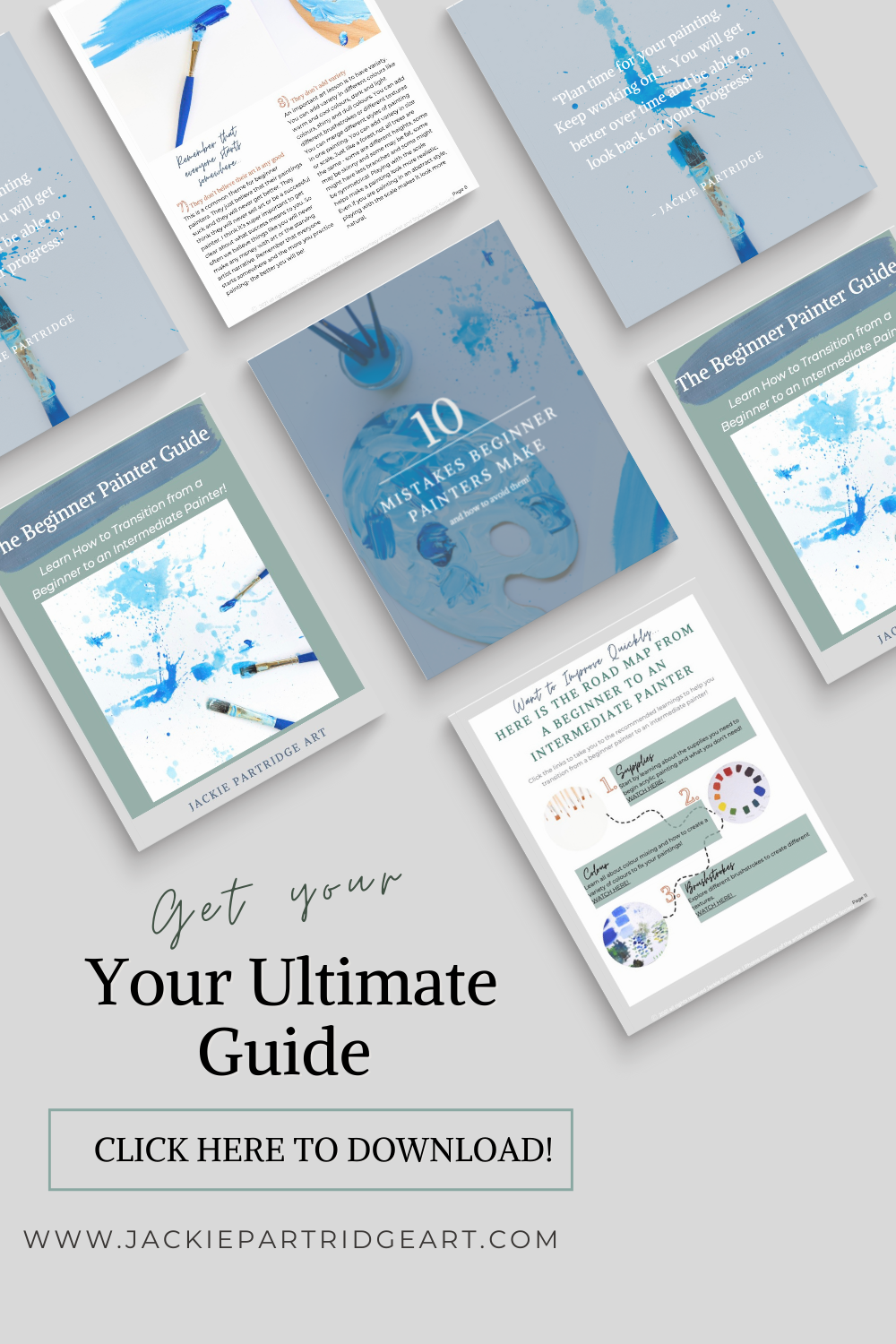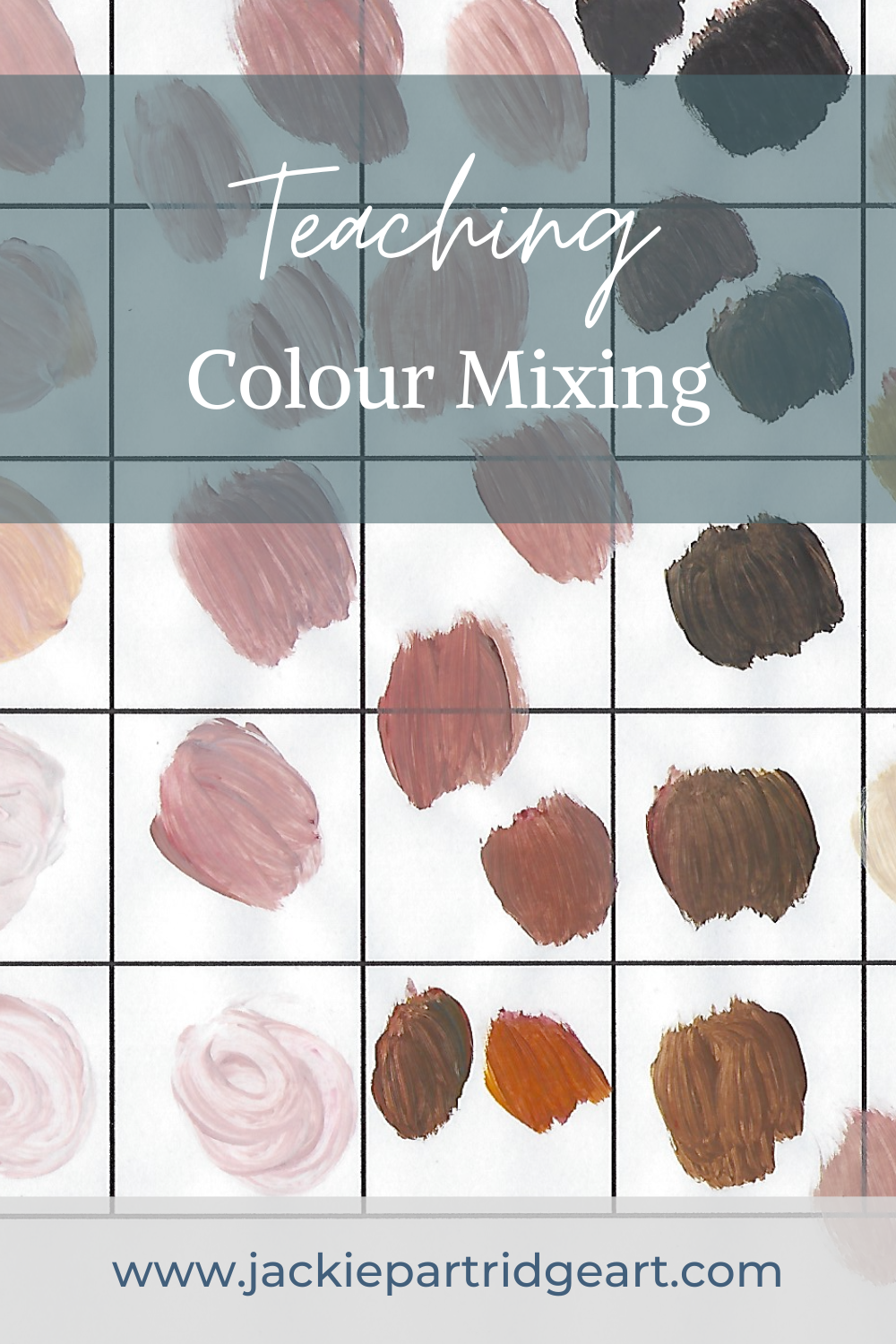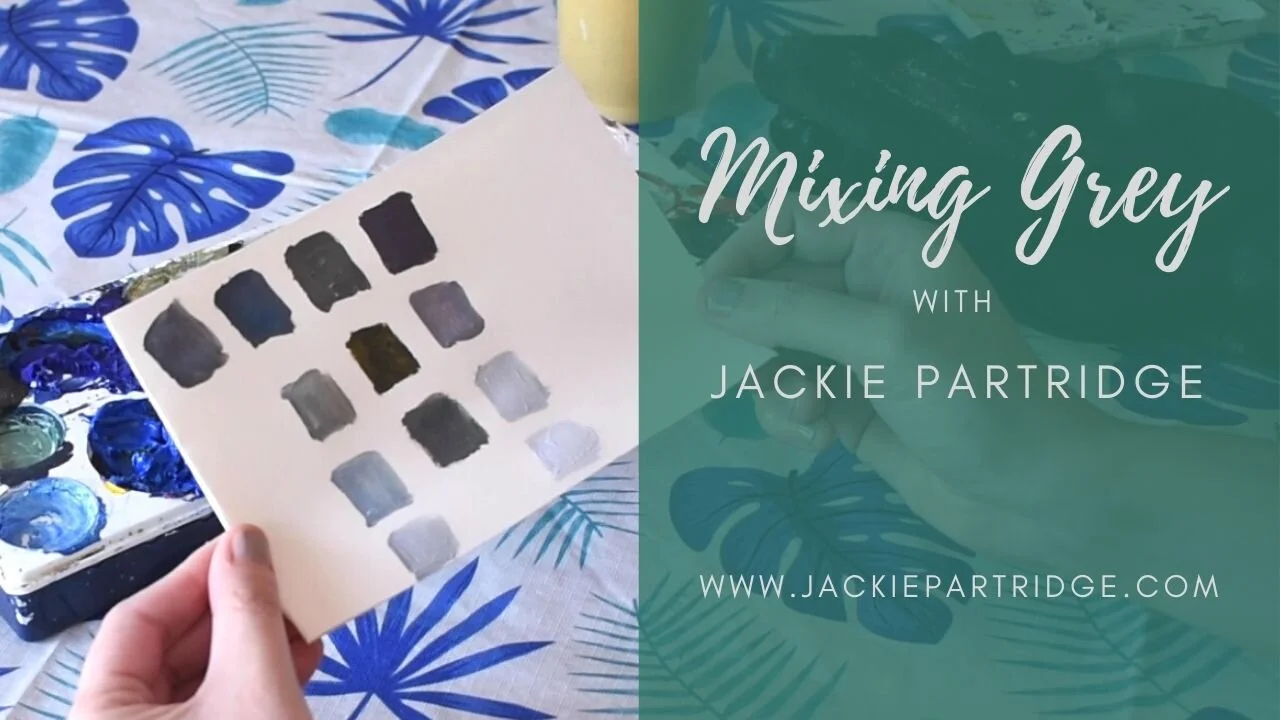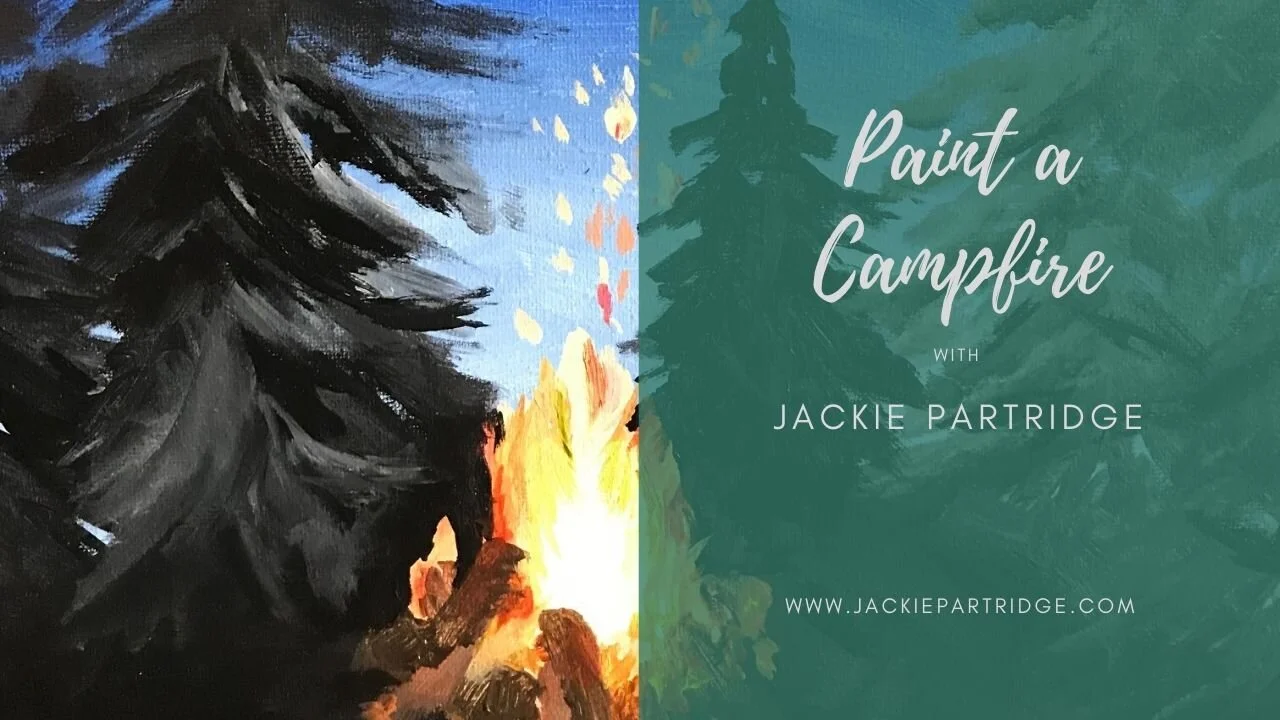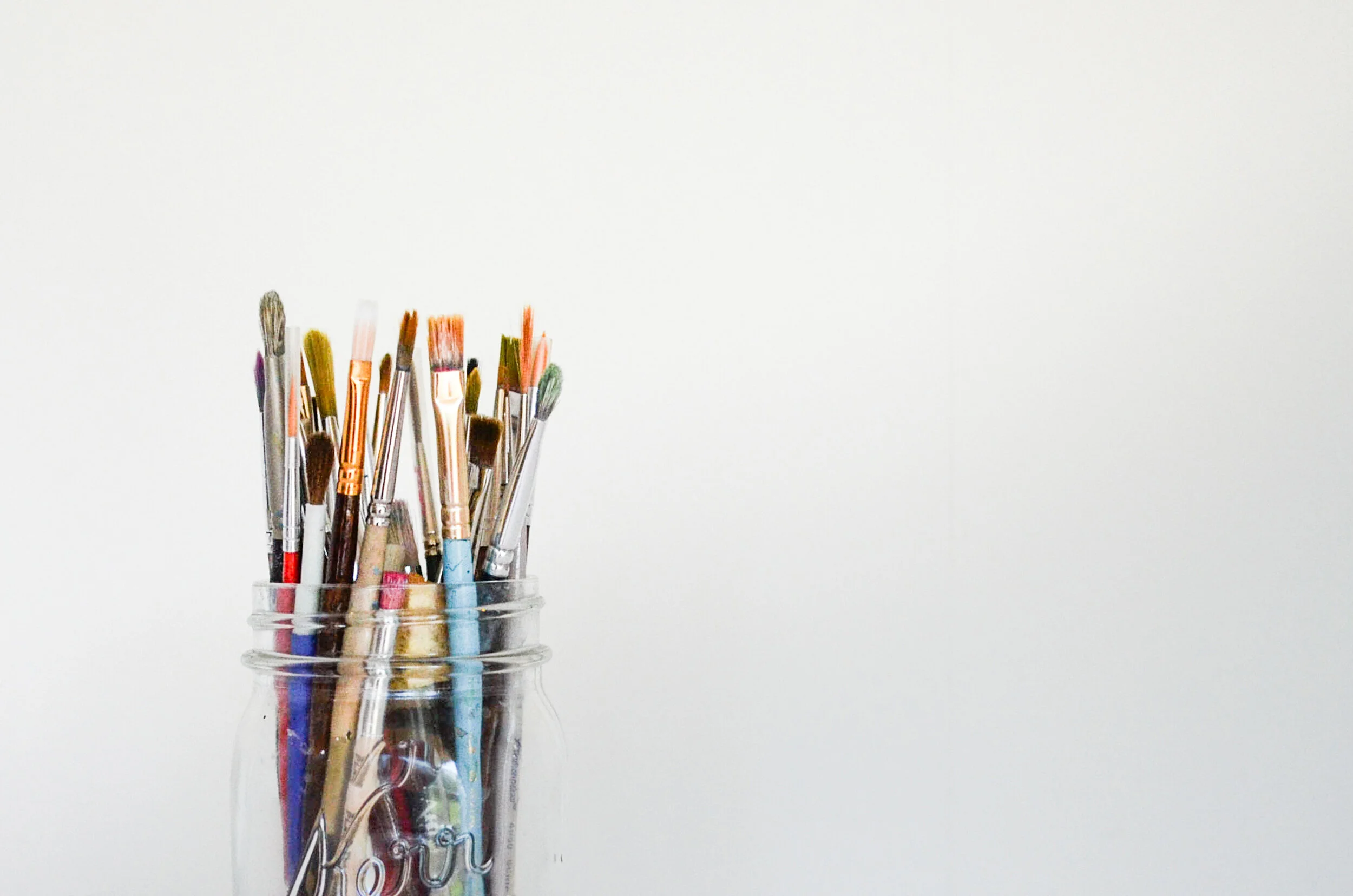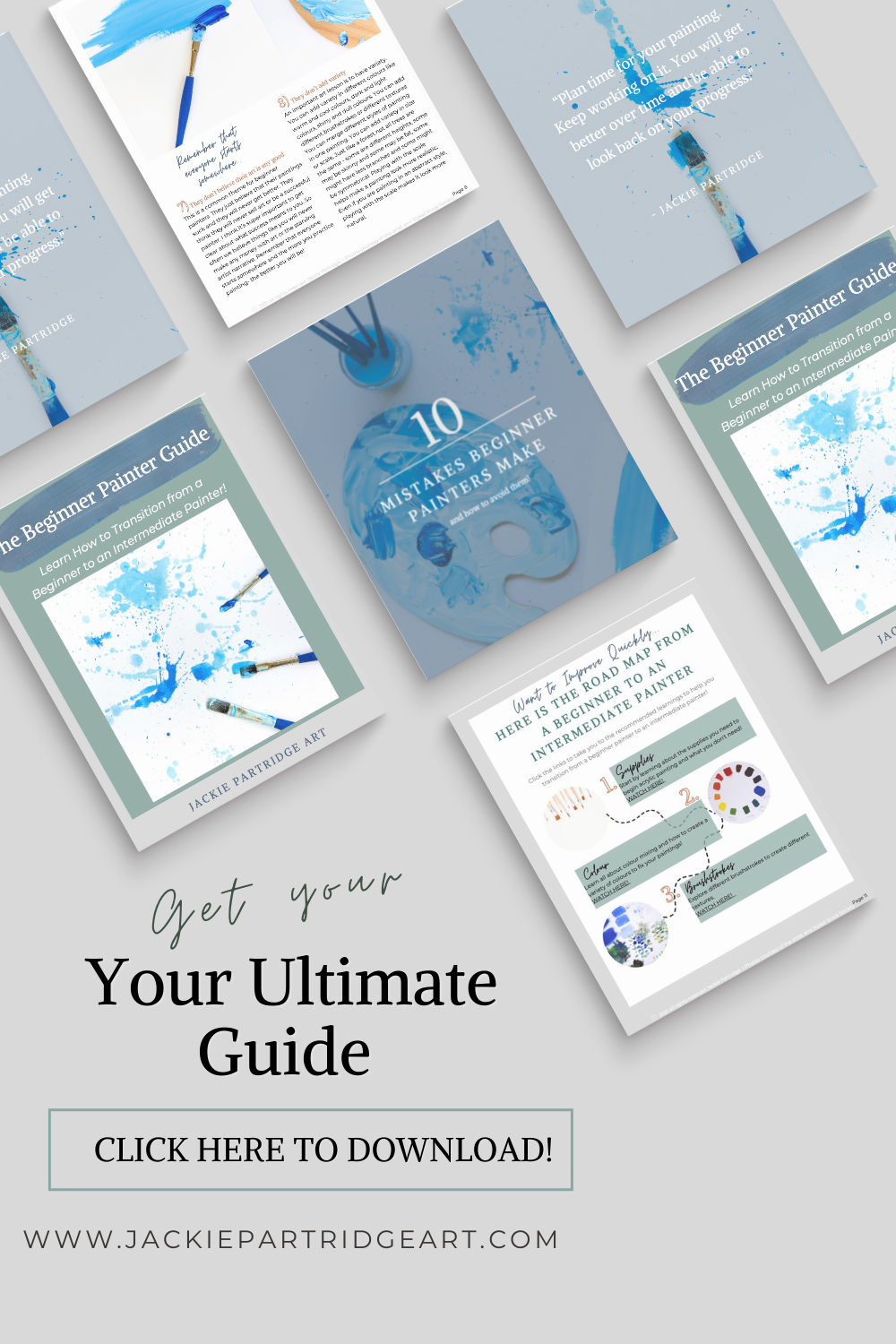A Palette Knife Painting Tutorial is the best way to learn palette knife painting quickly. You can watch my palette knife painting playlist on YouTube to see my palette knife painting tips!
Check out these palette knife painting tutorials on my YouTube channel below:
Palette Knife Painting Tips - In this short video I show you the difference between plastic and metal palette knives. I show you the basics of painting with palette knives and share my palette knife painting tips with you!
Palette Knife Painting Clouds- In this painting tutorial I show you how to paint a sky and clouds with a palette knife. This is an essential step to painting a successful landscape with a palette knife!
Palette Knife Painting Farmhouse Pumpkin- Paint this cute farmhouse style pumpkin painting is perfect to hang in your home for fall! Learn how to paint a textured background with a palette knife!
Abstract pumpkin painting by Jackie Partridge. Watch this palette knife painting tutorial!
Palette Knife Painting Winter Landscape (EASY)- Learn to paint snow with a palette knife and create wonderful texture - check out this easy landscape painting to try painting with both a brush and a palette knife!
Palette Knife River Landscape Painting - Learn how to paint a sky, a river and some grass all with a palette knife!
Palette Knife Sunset Painting Easy- Learn to paint a sunset, clouds and water reflection by painting with a palette knife!
Here are some Palette Knife Painting Tips!
Invest in different sizes and shapes of palette knives. I love my Liquitex painting knives and metal palette knives!
Experiment and practice first - try painting with a palette knife on a canvas board or thick paper to practice before starting on a canvas
Try dabbing, scraping and dragging the palette knife on different edges to create different marks
Wash and dry your palette knife after use to keep it in great condition for years to come!
I love palette knife painting because it creates such a fun abstract texture with the paint. I love the look of abstract painting and the freedom it gives me to paint in a more relaxed manner!
I am constantly updating my YouTube channel - be sure to subscribe to my channel to see when new videos come out - you can do that here!
If you want to improve your acrylic painting - download my FREE guide where I show you the 10 common mistakes beginner painters make and how to avoid them! Click the button below!
Hope these tips are helpful! Happy Painting!
Related Articles
3 Steps to Painting a Better Landscape
Paint Better Landscapes by Painting Better Clouds
Be sure to connect with me on social media by clicking one of the icons below!







